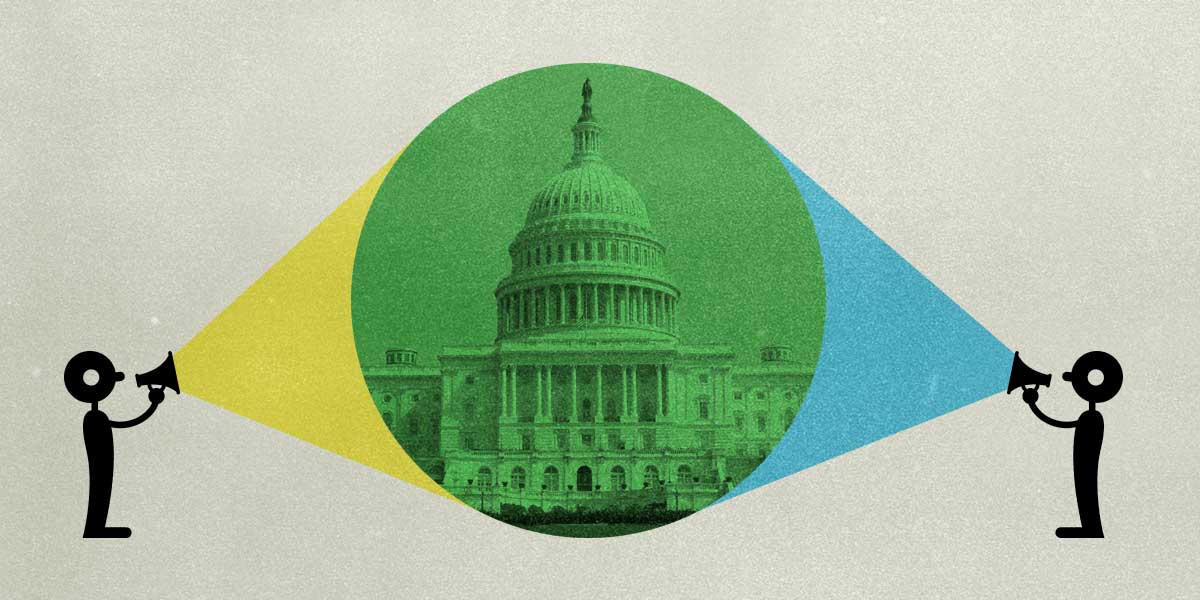|
Getting your Trinity Audio player ready...
|
Every year, we encounter new, often ill-conceived, bills written by state, federal, and international regulators to tackle a broad set of digital topics ranging from child safety to artificial intelligence. These scattershot proposals to correct online harm are often based on censorship and news cycles. Instead of this chaotic approach that rarely leads to the passage of good laws, we propose another solution in a new report: Privacy First: A Better Way to Address Online Harms.
In this report, we outline how many of the internet’s ills have one thing in common: they’re based on the business model of widespread corporate surveillance online. Dismantling this system would not only be a huge step forward to our digital privacy, it would raise the floor for serious discussions about the internet’s future.
What would this comprehensive privacy law look like? We believe it must include these components:
- No online behavioral ads.
- Data minimization.
- Opt-in consent.
- User rights to access, port, correct, and delete information.
- No preemption of state laws.
- Strong enforcement with a private right to action.
- No pay-for-privacy schemes.
- No deceptive design.
A strong comprehensive data privacy law promotes privacy, free expression, and security. It can also help protect children, support journalism, protect access to health care, foster digital justice, limit private data collection to train generative AI, limit foreign government surveillance, and strengthen competition. These are all issues on which lawmakers are actively pushing legislation—both good and bad.
Comprehensive privacy legislation won’t fix everything. Children may still see things that they shouldn’t. New businesses will still have to struggle against the deep pockets of their established tech giant competitors. Governments will still have tools to surveil people directly. But with this one big step in favor of privacy, we can take a bite out of many of those problems, and foster a more humane, user-friendly technological future for everyone.


